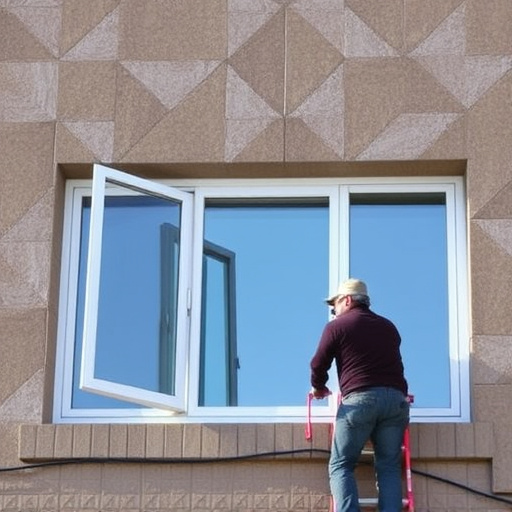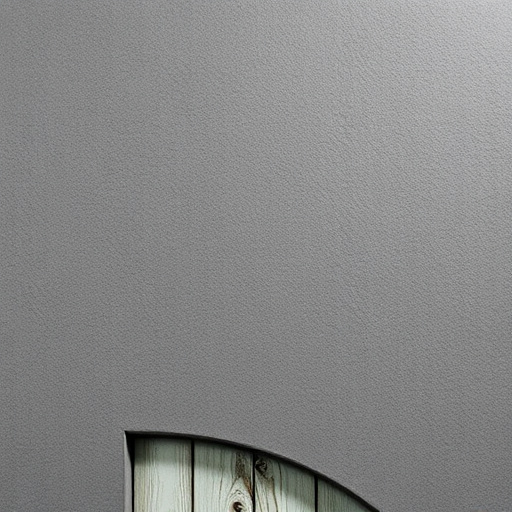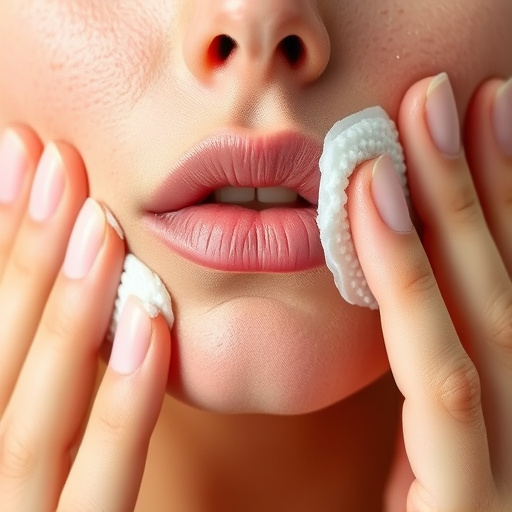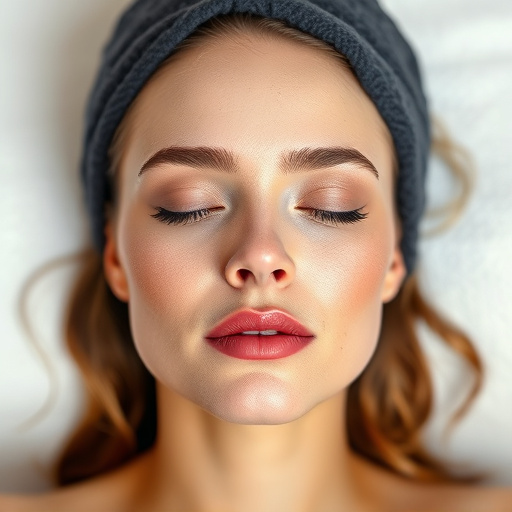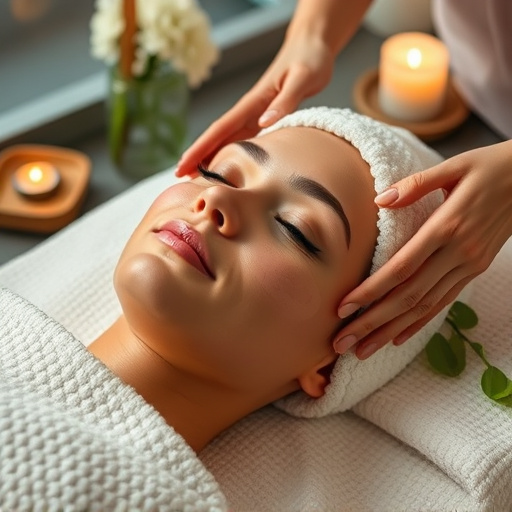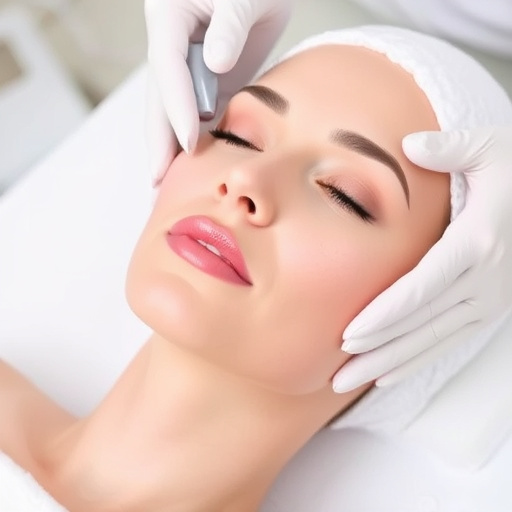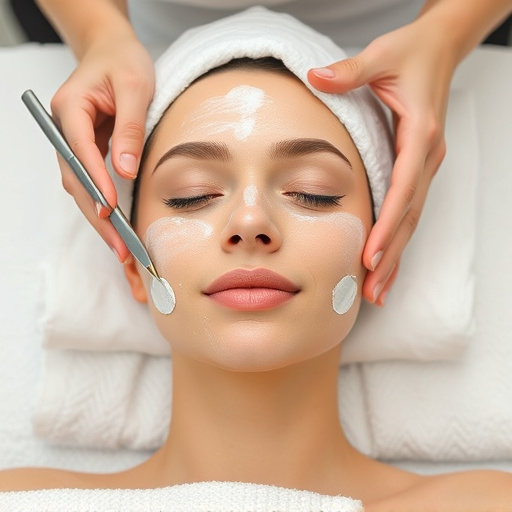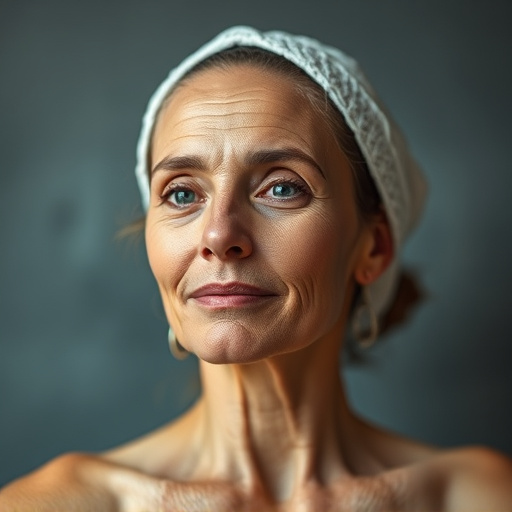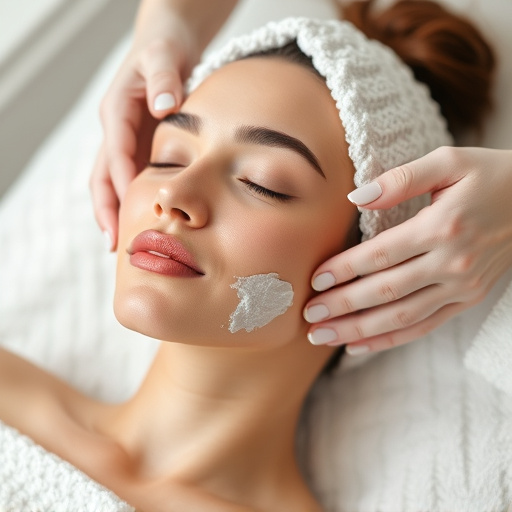Chest acne, a common but often overlooked issue, is caused by hormonal changes, excess sebum production, and blocked hair follicles leading to inflamed bumps and lesions. Effective treatment focuses on non-surgical approaches targeting inflammation, unclogging pores, and skin rejuvenation for clearer complexions and reduced wrinkles. A holistic approach combining dietary changes (like incorporating anti-inflammatory foods and avoiding triggers) with targeted chest acne therapy is crucial for achieving healthy, clear skin. This method supports overall well-being and enhances the effectiveness of chest acne therapy.
Acne on the chest can be frustrating, but combining diet with targeted chest acne therapy offers a powerful approach to clearer skin. This article guides you through understanding the root causes of chest acne and its impact on your self-esteem. We’ll explore dietary adjustments proven to reduce inflammation and promote healing, providing practical tips for integrating these changes seamlessly into your routine. Learn how to safely combine diet and chest acne therapy for optimal results without adverse effects.
- Understanding Chest Acne: Causes and Impact
- Dietary Adjustments for Clearer Skin
- Integrating Diet and Acne Therapy Safely
Understanding Chest Acne: Causes and Impact
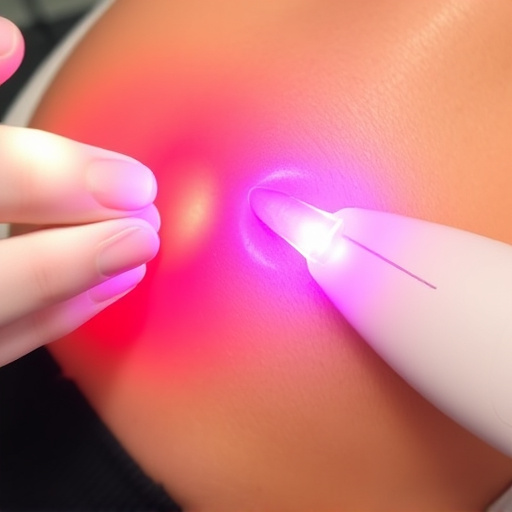
Chest acne is a common yet often overlooked skin concern, characterized by red, inflamed bumps and lesions on the chest area. Understanding its causes is the first step in managing and treating it effectively. This condition typically arises due to a combination of factors, including hormonal changes, excessive sebum production, and hair follicles becoming blocked with oil and dead skin cells. Unlike facial acne, which primarily affects the skin’s surface, chest acne tends to involve deeper inflammation, making it more stubborn and challenging to treat.
The impact of chest acne extends beyond physical discomfort. It can significantly affect an individual’s self-esteem and confidence, leading to emotional distress and social anxiety. The visible nature of chest acne, often appearing as clusters or widespread redness, may prompt individuals to seek solutions for both aesthetic improvement and overall skin health. Effective chest acne therapy involves non-surgical treatments that target inflammation, unclog pores, and promote skin rejuvenation, ultimately aiming for wrinkle reduction and a clearer, healthier complexion.
Dietary Adjustments for Clearer Skin
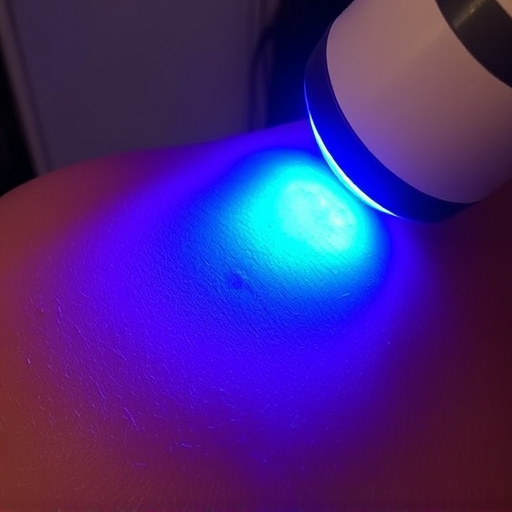
Acne on the chest can be a persistent issue, but addressing it effectively often involves a holistic approach, including dietary changes alongside targeted treatments like chest acne therapy. A key component in this process is adjusting your diet to support skin health and rejuvenation. Incorporating nutrient-rich foods known for their anti-inflammatory properties can help calm skin irritations associated with acne. Foods rich in vitamins A, C, and E, as well as zinc, are particularly beneficial. These powerful antioxidants aid in reducing inflammation and supporting the body’s natural healing processes, contributing to clearer skin.
Additionally, cutting down on processed foods, sugary snacks, and beverages can make a significant difference. High sugar intake is linked to insulin resistance, which may trigger acne breakouts. Opting for a balanced diet rich in whole grains, lean proteins, healthy fats, and plenty of fruits and vegetables ensures your body gets the necessary nutrients to support not just skin health but also overall well-being. Remember, these dietary adjustments complement chest acne therapy, enhancing its effectiveness and fostering a clearer, healthier complexion.
Integrating Diet and Acne Therapy Safely
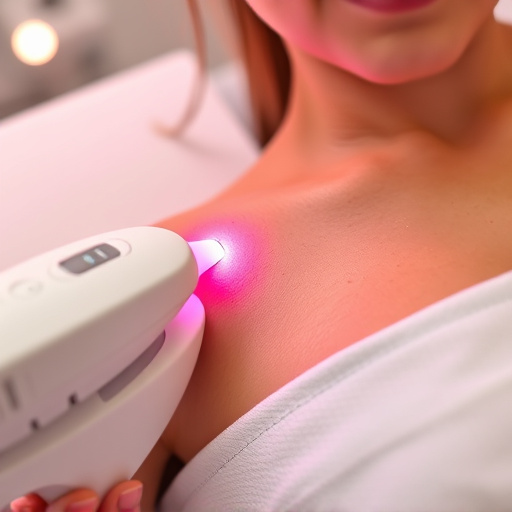
When combining diet and chest acne therapy, a holistic approach is key to achieving clear skin safely. It’s important to remember that nutrition plays a significant role in skin health. A personalized skincare routine should include dietary adjustments tailored to your specific needs. Incorporate anti-inflammatory foods like berries, leafy greens, and healthy fats to support your body’s natural healing process for chest acne therapy.
Avoiding certain trigger foods known to exacerbate acne can also be beneficial. Additionally, consider laser hair removal or other non-invasive procedures alongside your diet changes for optimal results. Remember, consistency is crucial; both a balanced diet and regular skincare routines must become part of your everyday life to see significant improvements in chest acne conditions, potentially leading to reduced wrinkles and a smoother complexion.
Combining dietary adjustments with targeted chest acne therapy is a holistic approach to achieving clearer, healthier skin. By understanding the root causes of chest acne and making thoughtful diet choices, you can support your body’s natural healing process effectively. Remember, consistency is key; stick to a balanced diet rich in nutrients and avoid triggers that may exacerbate your condition. In addition to dietary changes, consult a dermatologist for suitable topical treatments or oral medications to complement your safe, integrated approach to chest acne therapy.


